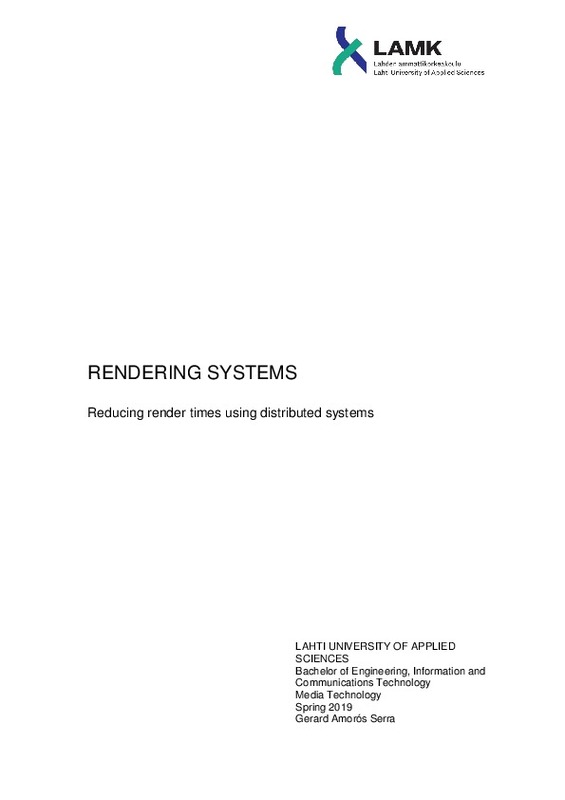JavaScript is disabled for your browser. Some features of this site may not work without it.
Buscar en RiuNet
Listar
Mi cuenta
Estadísticas
Ayuda RiuNet
Admin. UPV
Render systems
Mostrar el registro completo del ítem
Amorós Serra, G. (2019). Render systems. http://hdl.handle.net/10251/137364
Por favor, use este identificador para citar o enlazar este ítem: http://hdl.handle.net/10251/137364
Ficheros en el ítem
Metadatos del ítem
recommendations
Este ítem aparece en la(s) siguiente(s) colección(ones)
-
EPSA - Trabajos académicos [5826]
Escuela Politécnica Superior de Alcoy







